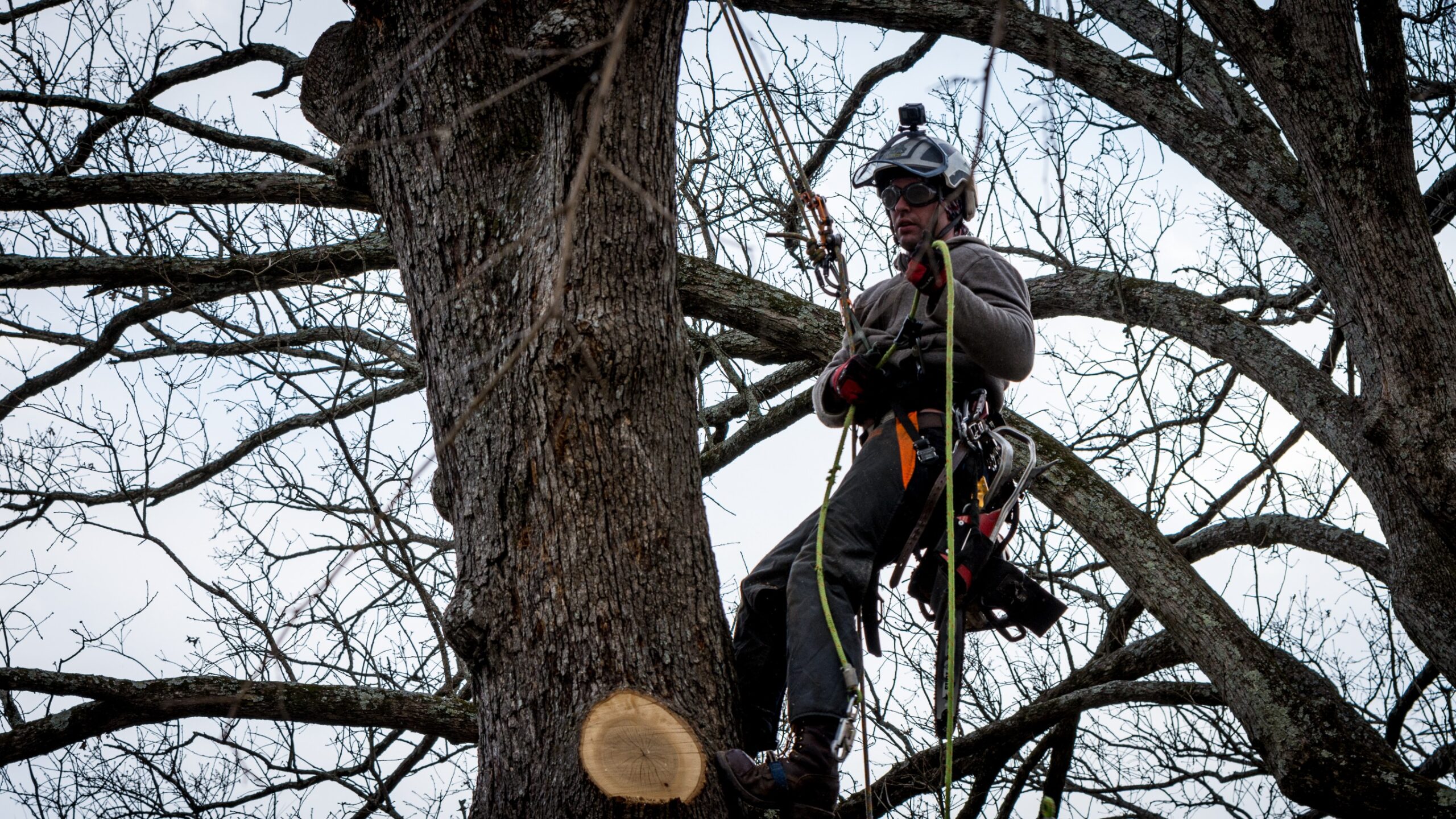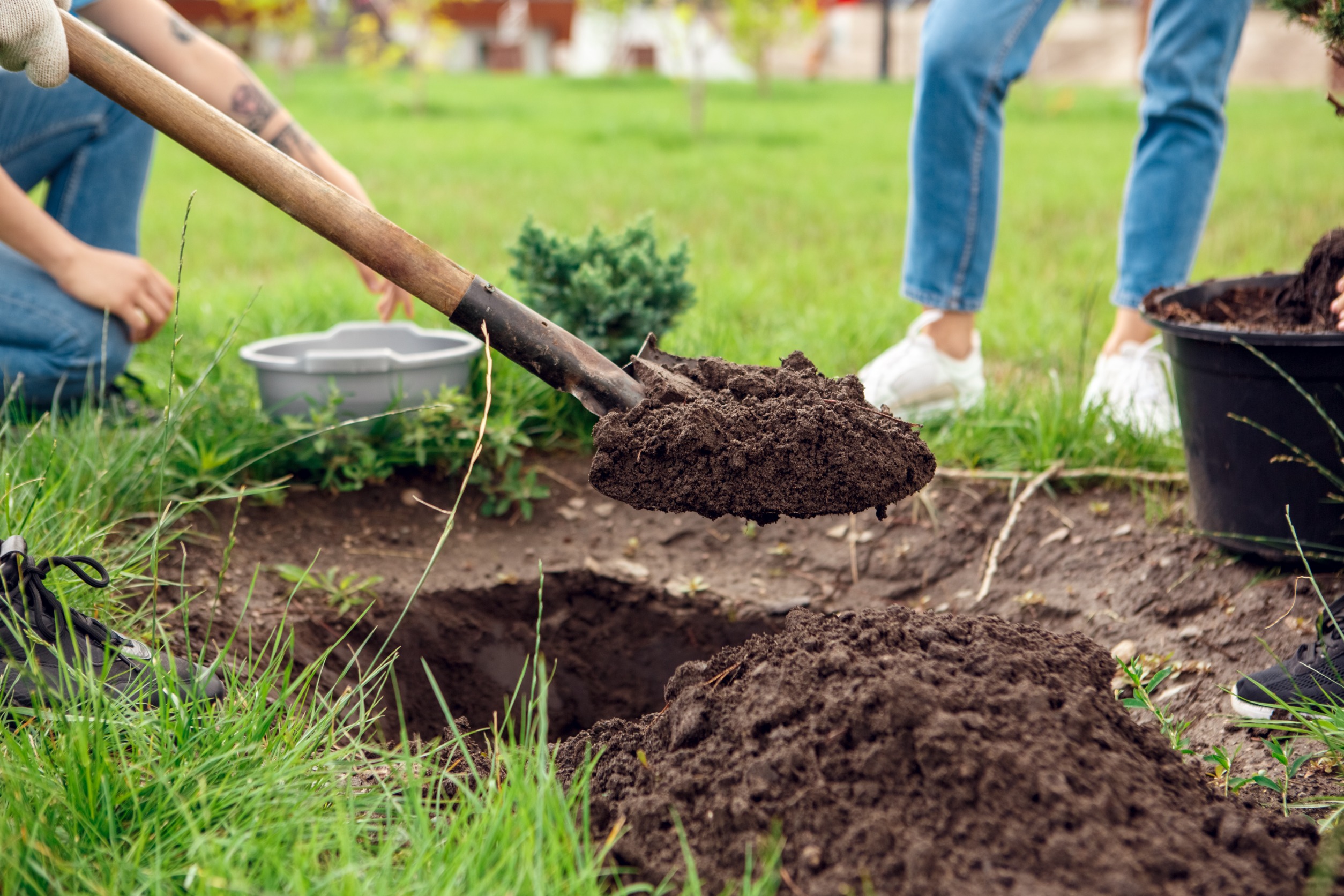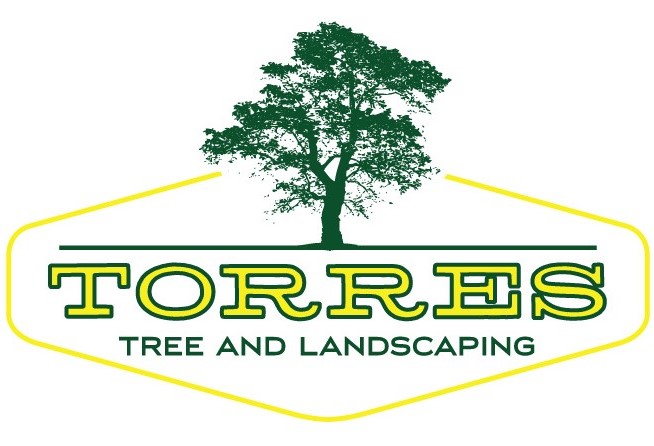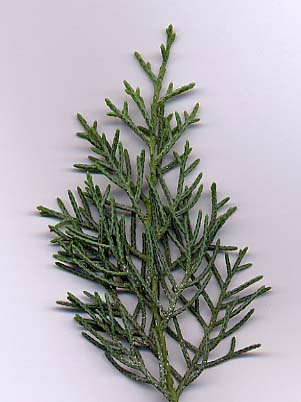The Carolina Sapphire tree (Cupressus arizonica ‘Carolina Sapphire’) is a versatile and visually striking evergreen tree that brings a touch of elegance to any landscape. This tree is also called the Arizona Cypress. Native to the southwestern United States, this tree is known for its vibrant blue-green foliage and pyramid-like shape.
In this blog post, we will explore the key aspects of caring for a Carolina Sapphire tree, including pruning, fertilizing, watering, preferred soil type, and interesting facts about this remarkable tree.
General Information
The Carolina Sapphire tree is a fast-growing evergreen that can reach heights of 30 to 50 feet with a spread of 10 to 20 feet. Its soft, blue-green foliage emits a pleasant aromatic scent, reminiscent of ginger and pine. This tree is ideal for creating privacy screens, windbreaks, or accent plantings, thanks to its dense and symmetrical form.

Trimming and Pruning
To maintain the Carolina Sapphire tree’s desired shape and health, regular trimming is necessary. Pruning should be done in late winter or early spring before new growth emerges. Remove any dead, damaged, or crossing branches. Avoid extensive trimming during the growing season to prevent stressing the tree.
Fertilizing
Fertilizing the Carolina Sapphire tree will promote healthy growth and maintain its vibrant foliage. Apply a slow-release balanced fertilizer in early spring, following the manufacturer’s instructions. Avoid excessive fertilization, as this can lead to excessive growth and weakened branches.
Watering
Well-drained soil is essential for the health of Carolina Sapphire trees. Water deeply and infrequently, allowing the soil to dry out slightly between watering sessions.
During the first year after planting, provide ample water to establish a strong root system. Once established, the tree is moderately drought-tolerant and requires supplemental watering during extended dry periods.
Preferred Soil Type
Carolina Sapphire trees thrive in well-drained soil with a slightly acidic to neutral pH level. Sandy loam or loamy soils that offer good drainage are ideal. Avoid heavy clay soils, as they can become waterlogged and lead to root rot.
Consider hiring us to plant seasonal flowers and plants alongside of your Carolina Sapphire tree.

Interesting Facts
The Carolina Sapphire tree was developed as a hybrid between Arizona Cypress and Monterey Cypress, combining the best features of both species. Its blue-green foliage retains its color throughout the year, making it an attractive evergreen choice for year-round visual interest.
The aromatic scent of the tree’s foliage makes it an excellent choice for use in potpourri or creating wreaths and garlands during the holiday season. Carolina Sapphire trees are relatively low maintenance, making them a popular choice for both homeowners and landscapers.
Need help with professional landscaping? Check out our landscaping design and installation service page.
Conclusion
Caring for a Carolina Sapphire tree can be an enjoyable and rewarding experience. By following the appropriate trimming and pruning techniques, providing regular watering, and selecting the right soil type, you can ensure the health and vibrancy of this stunning evergreen tree.
With its beautiful blue-green foliage and pyramid-like form, the Carolina Sapphire tree is a fantastic addition to any landscape, offering both aesthetic appeal and practical function. So, make way for the Carolina Sapphire and enjoy the beauty it brings to your garden or property throughout the year.



1 thought on “Carolina Sapphire Tree- Information Guide”
Should AZ Cypress-Carolina Sapphire branches touching ground be pruned? Three trees growing within 10 feet of each other on a berm in Greensboro, GA. Fertilized with evergreen tree spikes in last week of February. All doing well now, although some red clay soil is likely near roots and lots of rain in March. So, what are signs of possible root rot? Thanks!